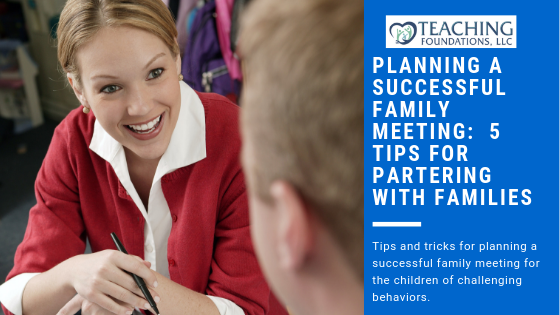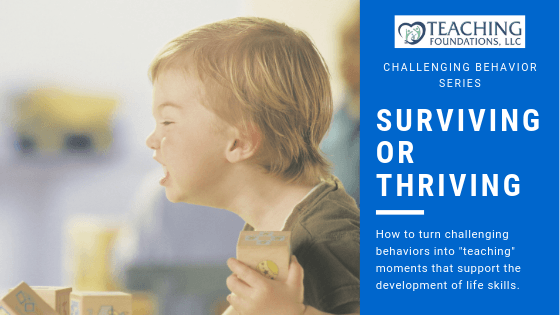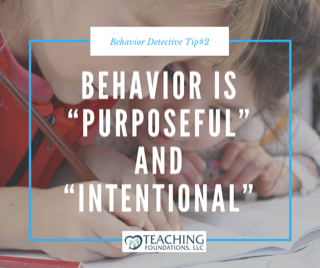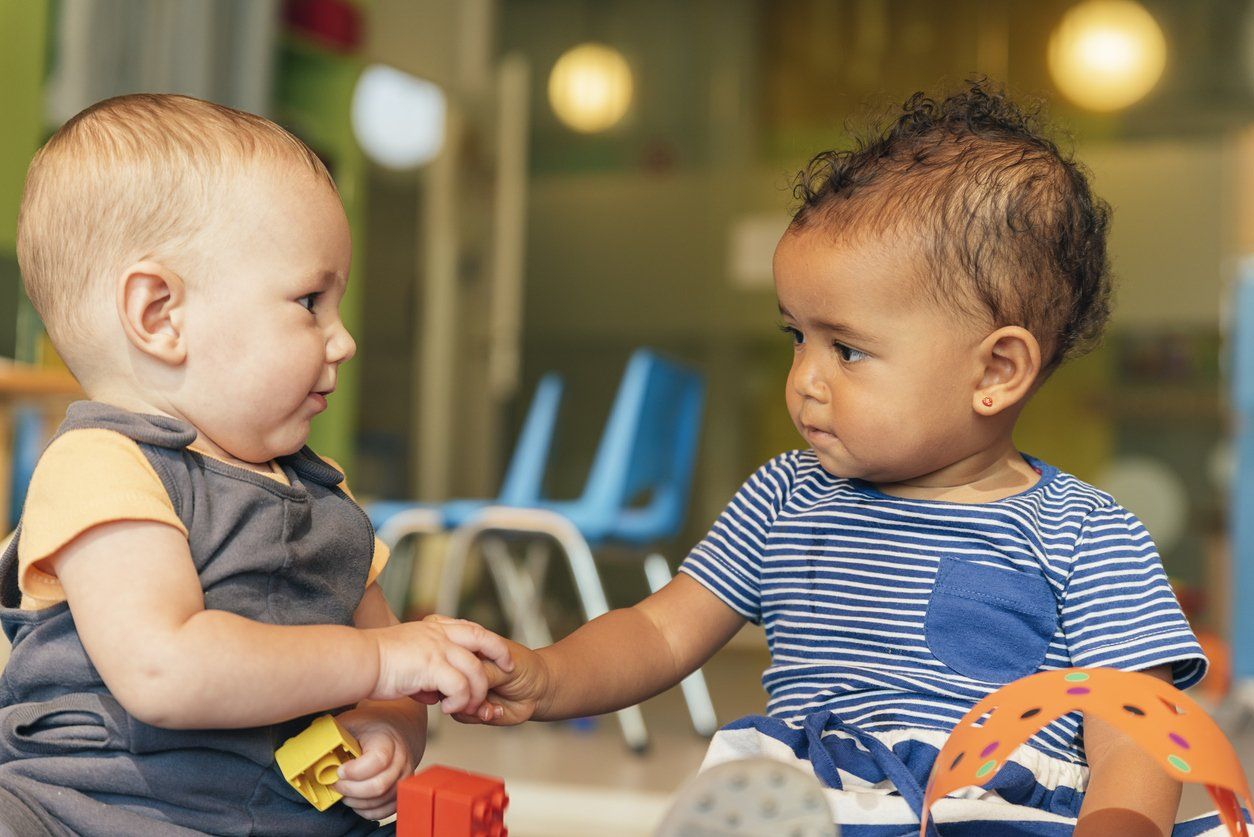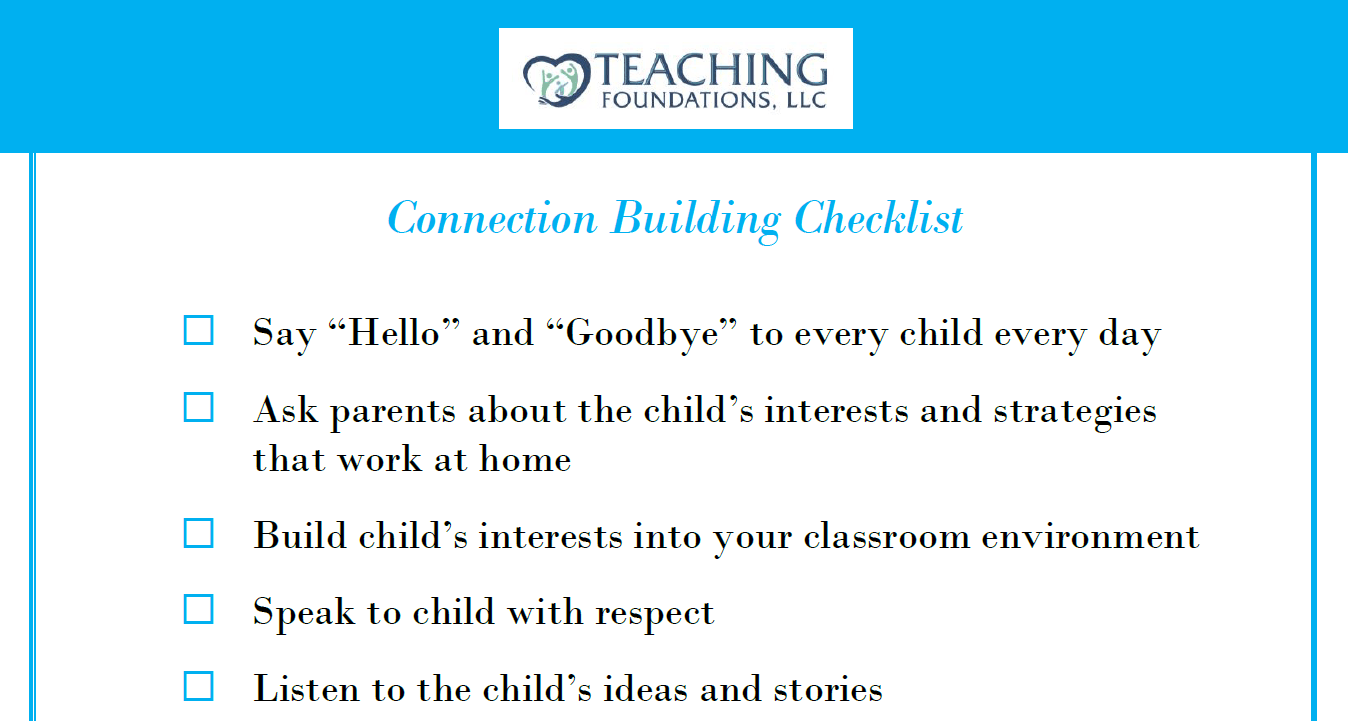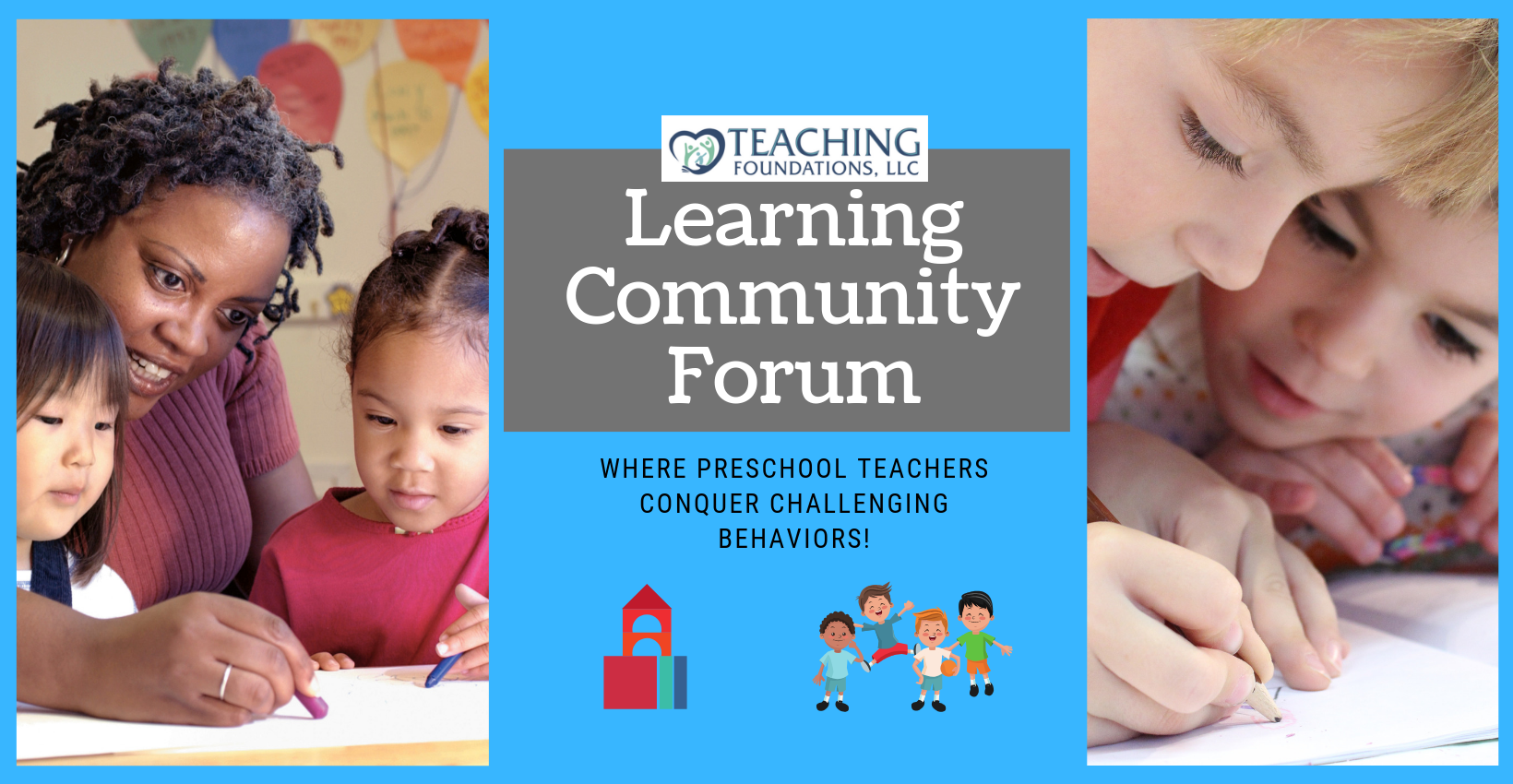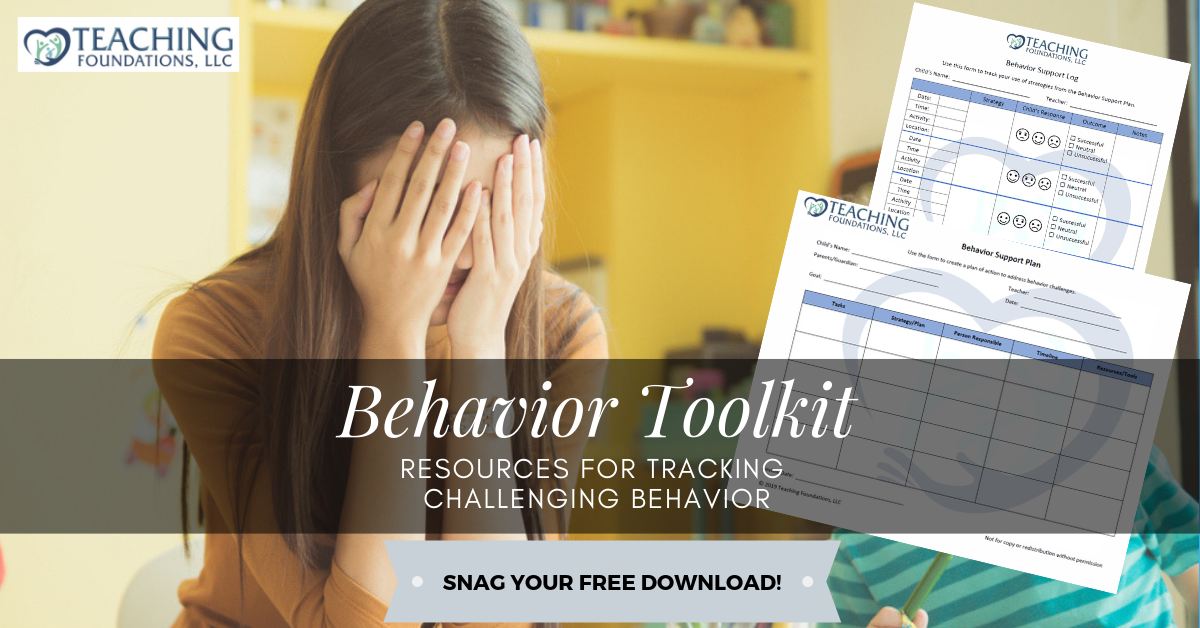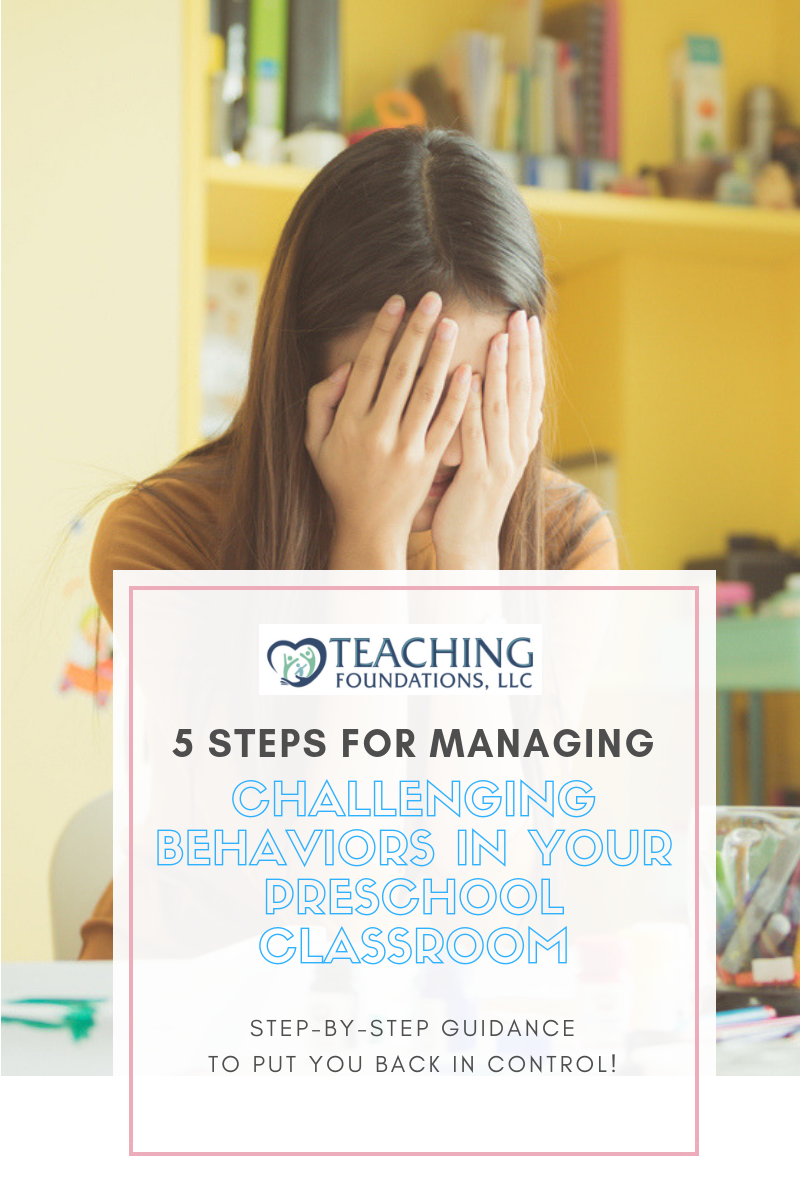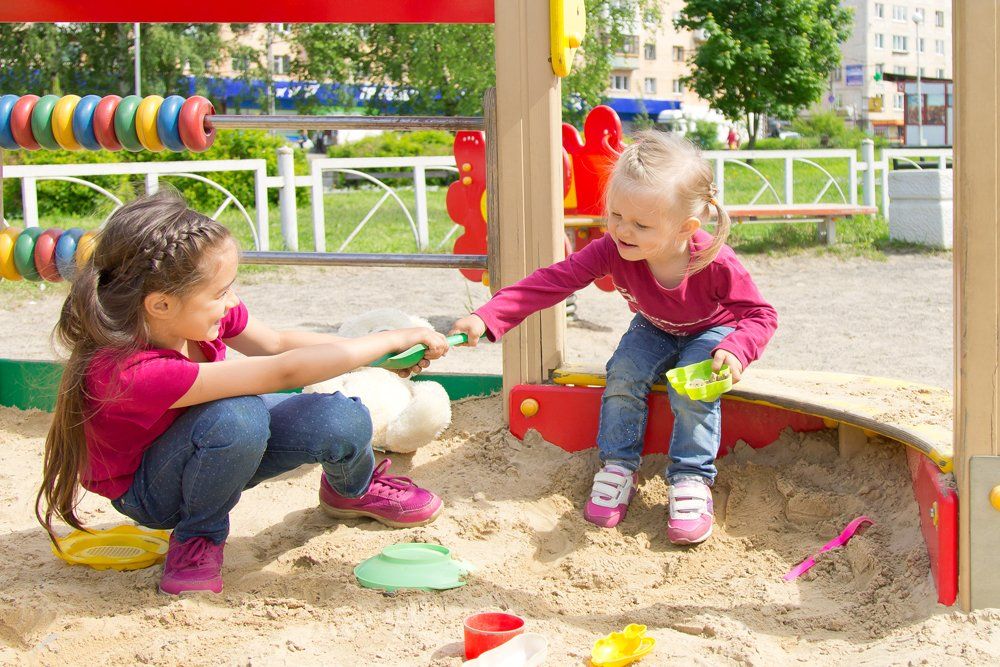You've Tracked the Behavior, Now What?
Uncovering the "needs" behind challenging behaviors in preschool
In our last post, Becoming a Behavior Detective , we discussed the Why-What-How approach to managing challenging behaviors. If you’ve been following the guidance from this post (and others on our blog), then you have been tracking behavior to discover the reasons for “why” the child is behaving the way they are. When you track behavior, you end up with stacks of papers and documents and you’re probably wondering, “What do I do with all this?” In fact, the challenging part with uncovering the “why” is knowing how to sort through all the information and organize it so that the patterns are revealed. You also have to know what you are looking for in the patterns. In this article, I am going to show you how to analyze the data you have collected to answer the first two questions in the Why-What-How approach to managing challenging behaviors.
It’s important to remember when
you start analyzing the data that behavior is “purposeful” and
“intentional”. We are wired to get our
basic needs met. When these basic needs
are not met, our behavior is impacted. Thus,
behavior is our way of communicating to those around us what we need. With children, this is especially true
because they often do not have the language skills and vocabulary to tell us
what they need. So, they use their
behavior. When analyzing the data
collected from tracking behavior, you are looking for “clues” that tell you
what basic needs are not currently being met for that child.
So, what are the needs you’re looking for? Glasser’s Choice Theory identifies five basic human needs that we all have (adults included). The five basic needs are (1) Survival/Safety , (2) Love/Connection , (3) Power/Mastery , (4) Freedom/Control , and (5) Fun/Joy . Most of the time, one or more of these five basic needs will need to be addressed in Behavior Support Plans to minimize or reduce the need for the challenging behavior. Let’s look at these five basic needs in more detail.
1. Survival/Safety
This
need relates to making sure the children have something to eat, a place to
live, and a full night’s sleep. These
needs relate to living a healthy life.
You probably already know people who need to eat lunch or they become
“moody” and “irritable”. The same is
true with children. If you’re noticing
that specific times of day, such as before lunch, at the end of morning
routines, before nap time, or near the end of the day, are when challenging
behaviors spike, the behavior may be related to the child’s need to eat, sleep,
or relax. Survival also relates to our
sense of security and safety. For
children, you may notice a spike in challenging behaviors when in an unfamiliar
environment, around new teachers, etc.
Whenever a need for safety/survival is not being met, teachers will need to review schedules and routines to make necessary adjustments to ensure children are eating when hungry and sleeping when tired, as well as, have consistent routines and caregivers that help the child feel safe and secure in the classroom environment.
2. Love/Connection
I personally feel this need is related to many challenging behaviors because it deals with our need for intimacy and to feel connected with others. In the words of Carl Rogers, our need for “unconditional positive regard”. Often times, the behaviors exhibited by children with challenging behaviors lead to disconnection, as they are isolated from peers for safety reasons. Children and adults begin to “fear” them and they have fewer opportunities to engage with others and experience the warmth and affection needed for healthy social-emotional development. In fact, it is not uncommon for teachers to request that children with challenging behaviors be removed from programs. Thus, you find children with challenging behaviors hopping from program to program without receiving the necessary services and learning the needed social skills to thrive in life. Check out this post to learn how to move from surviving challenging behaviors to teaching children how to thrive.
If you’re noticing a child “acting out” as a way to pull others toward them (during group times, when teacher’s attention is focused on other tasks/responsibilities, when feeling rejected by peers), the first step to address the behavior should be building a strong connection with the child and developing a mutual trusting relationship. “I’m here for you no matter what.” That’s a difficult thing to do when a child is hitting, spitting, kicking, and throwing toys. However, it’s a necessary step when trying to reduce and minimize behaviors resulting from an unfulfilled need for love and connection. Download my Connection Building Checklist below and start implementing these strategies to see if behavior challenges are minimized with positive forms of attention.
3. Power/Mastery
The power/mastery need is another important need to rule out when managing challenging behaviors. The need relates to our desire to feel competent, successful, and significant. Often times, people with a strong need for power/mastery want to feel recognized and “seen”. Teacher’s may find themselves in power struggles with children who are attempting to meet this need. The children may be competing with the teacher to influence and “run” the classroom. If you find yourself saying, “he’s pulling the others into his behaviors”, you have a child with a strong need to influence others and a need to be recognized as important and needed.
If you have a child that needs to feel “powerful”, it’s important to intentionally plan times for them to “lead” and have “attention” into your routines and activities. Acknowledge times when they are meeting your expectations, share those observations with families, and build up their sense of competence in following classroom routines. Give them classroom jobs, such as clean-up monitor, teacher’s helper, or name caller for lining up. The more times the child’s need to feel “important” is met through your general routines, the fewer power struggles you will experience.
It’s important to remember that this need is not negative. It’s the way we go about meeting it that determines whether it’s healthy or unhealthy. It’s important for teachers to teach healthy ways for children to meet the need for “power” and acknowledge when children use those strategies. All CEOs and government leaders have this need. We need people like them in our communities, schools, and families.
4. Freedom/Choice
I personally think this need is one that challenges many teachers and schools, as school environments are not designed to promote freedom of choice for children. Freedom relates to our desire to make our own choices and direct our own lives. How many opportunities do children have in your classroom routines and activities to make their own choices and decisions? You’ll know a child is trying to meet this need when they are pushing back against routines, directions, and adult expectations. When you see the child trying to do their own things, you have a child with a huge need for freedom or choice.
The thing to know here is that more structure, more rigid rules, and more punishment will lead to more challenging behaviors. Teachers need to provide this child with more choice. Many visual supports are designed to assist children with meeting this need. Choice charts, individual schedules, and I can do/I can’t do charts are a few examples. All of these provide children with the opportunity to decide what they “want” to do. Give directions using choice language, “Would you like to pick up the red blocks or the blue blocks?” For your peace of mind and the child’s, find ways to get this child to feel like they are in “control” of their day, actions, and opportunities. This will reduce the number of tantrums needed to fill this need for the child.
5. Fun/Joy
On the surface, this need appears to relate to partying, outdoor activities, dancing, etc. However, the need for Fun/Joy is much more. You know this need is being met for a child when they are smiling and laughing. The need for fun is different for every child, as it is greatly dependent upon our temperaments and interests. Fun also incorporates learning about topics and things of personal interest. If you’re finding that a child does not seem to enjoy being in your room, the first thing you need to review is your environment. Is the child’s interests and talents represented in your room? If not, adding these materials and times to participate in these activities into your classroom environment ensures that the child has things that they like to do present in your room. Think about it, where would you rather be? At a place that is filled with your hobbies, interests, and things you like doing? Or at a place that is filled with someone else’s hobbies, interests, and things they like doing? Most of us would choose the former.
Within the next few days, take time to review the documents you have collected while tracking the challenging behaviors in your room. Do any of the above needs appear to be “driving” the behavior? If so, you now have a clue to the needs the child is trying to meet through their behavior. The next step is for you to plan strategies and adaptations to your classroom environment and routines to meet the child’s missing needs. Learn how to do this by checking out this article.
Comment your thoughts and questions about the needs that you think are driving the challenging behaviors in your classroom below. Click here to share ways you meet the 5 needs in your daily interactions with the children on our Facebook page. We love to see pictures!
Do you have a process for addressing challenging behaviors in your early childhood program? Our live, instructor-led virtual training, Breaking the Behavior Code: Discovering the "Why" Behind Challenging Behaviors will teach you our 5-step process. Sessions running in September and October.

